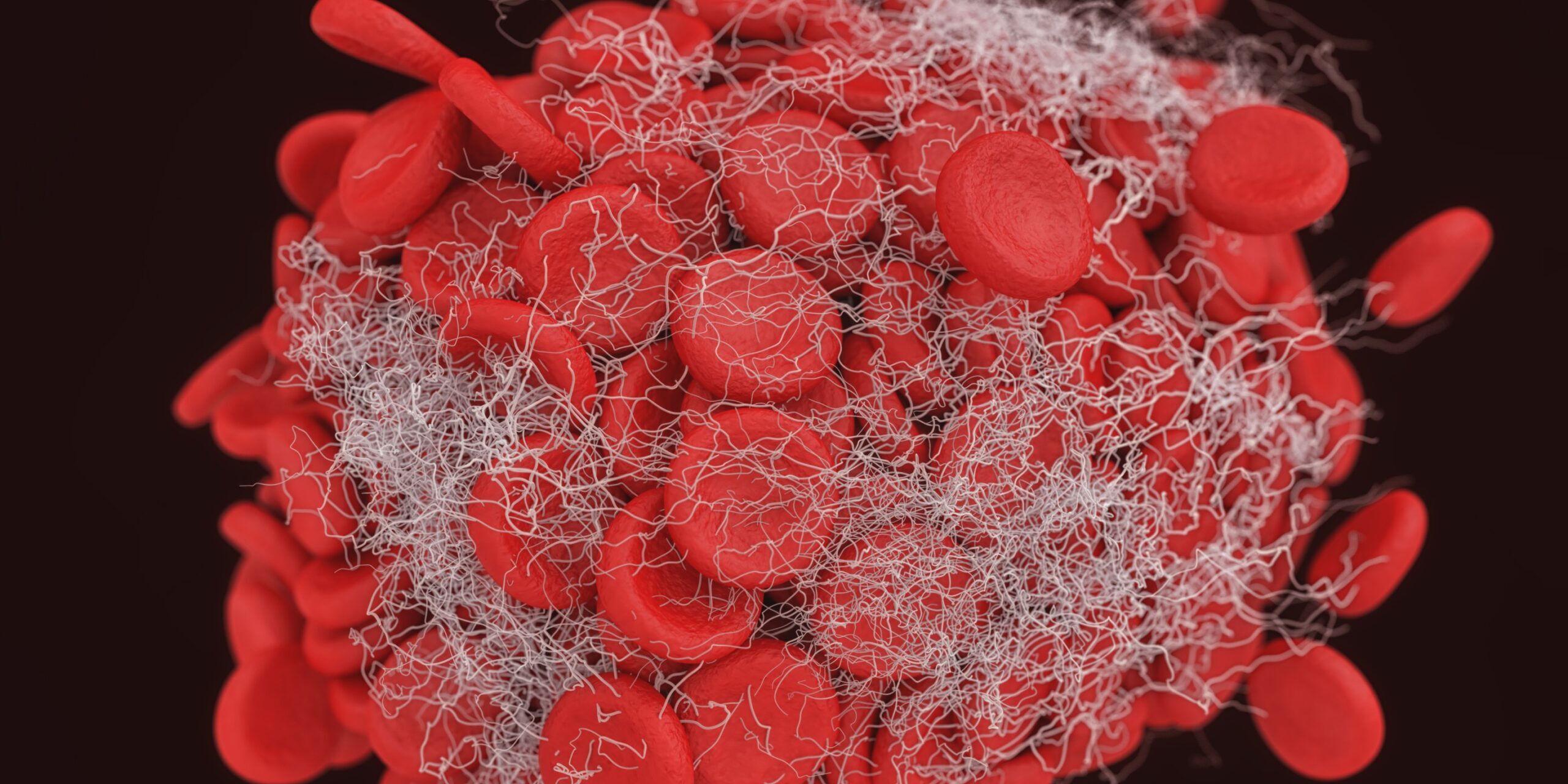
The Growing Threat of Antibiotic Resistance: How Chitosan Can Help Fight Infections
Antibiotic resistance is a rising global health concern, threatening our ability to treat infections effectively. The overuse and misuse of antibiotics have led to the emergence of drug-resistant bacteria, making standard treatments less effective and increasing the risk of severe infections. In wound care, where infections can lead to complications, the reliance on antibiotics has become a major issue.
A promising alternative to antibiotics in wound management is chitosan hemostatic dressing. These advanced dressings not only stop bleeding instantly but also possess natural antimicrobial properties, reducing the risk of infection without contributing to antibiotic resistance. In this blog, we explore the role of chitosan-based hemostatic dressings in combating infections and how they help reduce reliance on antibiotics in emergency, trauma, and chronic wound care.
Understanding Antibiotic Resistance and Wound Infections
Antibiotics have been widely used for decades to treat bacterial infections, but their overuse has led to the evolution of antibiotic-resistant bacteria. Some of the most dangerous strains include MRSA (Methicillin-Resistant Staphylococcus aureus), VRE (Vancomycin-Resistant Enterococci), and CRE (Carbapenem-Resistant Enterobacteriaceae). These bacteria can cause severe infections that do not respond to traditional antibiotic treatments.
Wound infections, whether from surgical procedures, trauma, or chronic ulcers, pose a significant risk. The use of hemostatic dressings with antimicrobial properties can prevent infections at the wound site, reducing the need for antibiotics and promoting faster healing.
What Is Hemostasis?
Before diving into chitosan hemostatic dressings, it is important to understand hemostasis meaning. Hemostasis is the body’s natural process of stopping bleeding after an injury. It involves three key stages:
- Vasoconstriction – Blood vessels constrict to reduce blood flow.
- Platelet Plug Formation – Platelets adhere to the wound site to create a temporary plug.
- Clot Formation – The blood coagulation cascade activates fibrin, stabilizing the clot and stopping bleeding.
In severe injuries or emergency situations, hemostatic bandages are essential to assist this process, stopping bleeding instantly and preventing excessive blood loss.
Chitosan: A Natural Antimicrobial Agent in Wound Care
Chitosan, a biopolymer derived from shellfish, has been widely studied for its antimicrobial properties. Unlike antibiotics, which kill bacteria through chemical means, chitosan acts differently:
- Disrupting bacterial cell membranes, leading to cell death.
- Binding to negatively charged microbial surfaces, preventing bacterial adhesion and biofilm formation.
- Creating a hostile environment for bacteria, making it difficult for infections to develop.
These properties make chitosan-based hemostatic dressing an excellent choice for emergency bleeding control, trauma care, and chronic wound management, significantly reducing the risk of infection without the need for antibiotics.
Axiostat: An Advanced Chitosan Hemostatic Dressing for Infection Prevention
Axiostat is a cutting-edge chitosan hemostatic dressing designed for rapid bleeding control in emergency situations. This dressing offers multiple benefits:
1) Stops bleeding instantly – Activates clotting by interacting with blood cells.
2) Prevents infection – Chitosan’s antimicrobial properties reduce bacterial colonization.
3) Works on anticoagulated patients – Effective even in patients taking blood thinners.
4) Painless removal – Does not adhere to the wound, minimizing trauma.
Applications of Axiostat in Wound Care
- Emergency hemostatic dressing – Used in ambulances, hospitals, and battlefield conditions for severe bleeding control.
- Trauma hemostatic dressing – Ideal for gunshot wounds, deep lacerations, and surgical applications.
- Military hemostatic dressing – Utilized in combat casualty bleeding scenarios where immediate bleeding control is crucial.
- Vascular procedures – Assists in post-catheterization hemostasis.
Combat Casualty Bleeding: The Role of Military Hemostatic Dressings
In battlefield conditions, rapid bleeding control is essential to save lives. Military hemostatic dressings, such as combat gauze and chitosan hemostatic gauze, have become standard in military first-aid kits. These dressings:
- Stop bleeding instantly, preventing fatal blood loss.
- Are easy to apply, even in high-stress conditions.
- Reduce infection risks, crucial in environments where medical treatment may be delayed.
Axiostat’s combat gauze is NSN codified and used by armed forces worldwide, providing life-saving haemostasis on the battlefield.
Advanced Wound Care: Reducing Antibiotic Use
By incorporating hemostatic dressing products with antimicrobial properties into standard wound care practices, healthcare professionals can reduce reliance on antibiotics. Here’s how:
- Prevents infections at the wound site, minimizing the need for antibiotics.
- Reduces biofilm formation, a major cause of chronic wound infections.
- Lowers hospital readmissions, decreasing the use of systemic antibiotics.
- Promotes faster healing, reducing exposure time for bacterial colonization.
Chronic Wound Care: Hemostatic Gauze for Diabetic Ulcers and Pressure Sores
Patients with diabetic foot ulcers, pressure ulcers, and venous leg ulcers are at high risk of infections. Using chitosan hemostatic gauze dressing helps:
- Manage wound exudate, preventing excess moisture buildup that encourages bacterial growth.
- Reduce slough and necrotic tissue, decreasing the bacterial load.
- Promote autolytic debridement, allowing the wound to heal naturally.
By replacing traditional gauze dressings with chitosan-based haemostatic gauze, healthcare providers can lower infection rates and antibiotic dependency in chronic wound patients.
Emergency Bleeding Control: The Future of Hemostatic Dressings
The increasing threat of antibiotic resistance calls for alternative infection control strategies. Chitosan-based hemostatic bandages and emergency bleeding control dressings provide a powerful, natural solution.
Key Takeaways:
- Chitosan haemostatic dressings provide antimicrobial protection without using antibiotics.
- Stop bleeding instantly, preventing excessive blood loss and shock.
- Prevent infections in emergency, trauma, and chronic wound care.
- Reduce antibiotic dependence, combating antibiotic resistance.
- Used in military, emergency, and surgical settings to enhance patient outcomes.
Conclusion
The fight against antibiotic resistance requires innovative solutions. Chitosan-based hemostatic dressings, such as Axiostat, offer a safe, effective, and antibiotic-free approach to infection control. Whether in military combat, emergency trauma care, or chronic wound management, these advanced bleeding control dressings play a crucial role in reducing infections and saving lives.
By integrating chitosan hemostatic gauze into standard medical protocols, healthcare providers can stop bleeding instantly, prevent infections, and ultimately reduce the global overuse of antibiotics.
 A collaborative study with Harvard Medical School
A collaborative study with Harvard Medical School






